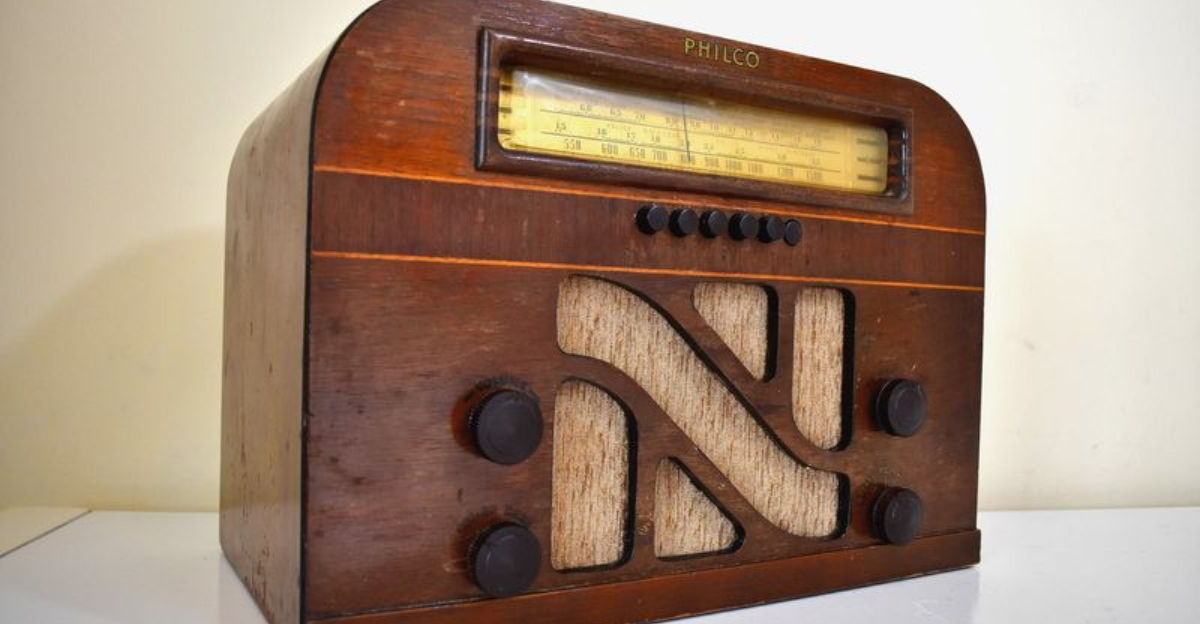Ever peeked into grandma’s attic and thought you struck gold? Early 1900s interiors left behind some stunning gems—pieces collectors drool over.
But let’s be honest: not every dusty relic is a jackpot. Some antiques rake in serious cash, while others barely earn a side-eye at the flea market. Knowing what to keep and what to toss could mean the difference between treasure and trash.
Here’s what might pay off—and what’s just gathering dust for good reason.
1. Tiffany Lamps: Illuminating Investment
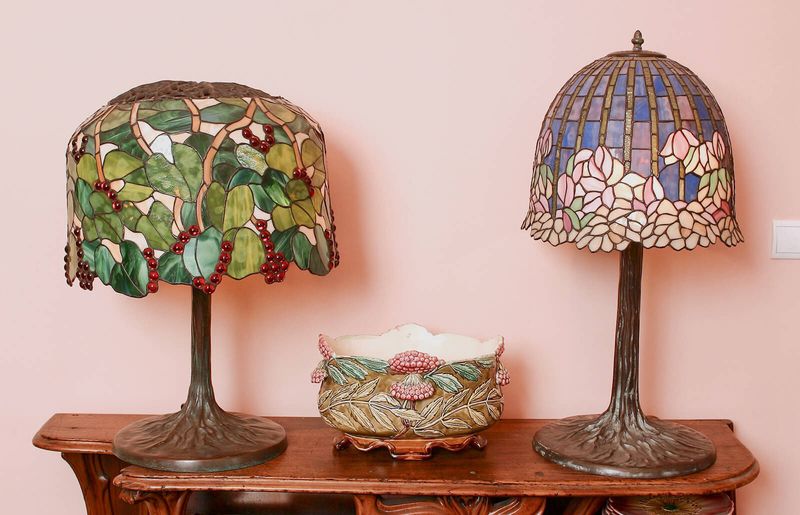
Handcrafted with hundreds of pieces of stained glass, authentic Tiffany lamps from the early 1900s can sell for $5,000 to over $1 million today!
The most valuable feature Louis Comfort Tiffany’s signature or the “Tiffany Studios New York” mark on the bronze base. Collectors go nuts for the dragonfly and wisteria designs especially.
The vibrant colors haven’t faded even after a century because of the unique glass-making techniques Tiffany developed.
2. Art Deco Cocktail Cabinets: Liquid Gold
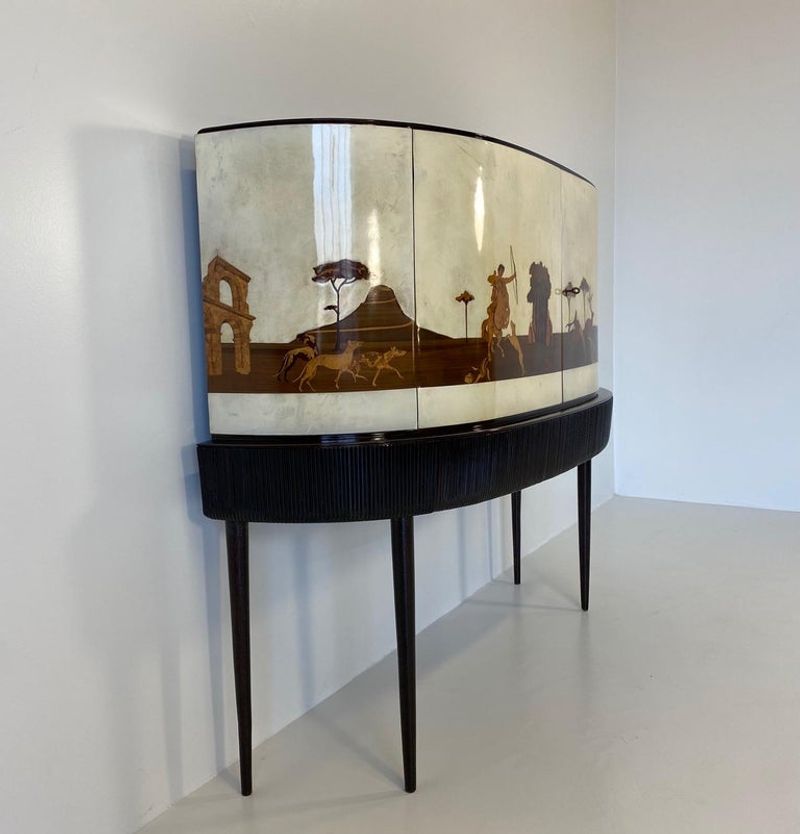
When Prohibition hit America, these sneaky cabinets became the life of secret parties! Original Art Deco cocktail cabinets from the 1920s and 30s now command $10,000 to $30,000 at auction houses.
The most sought-after pieces feature exotic woods like burr walnut or zebrano with geometric inlays and mirrored interiors.
French and Italian examples tend to fetch the highest prices. Look for makers like Émile-Jacques Ruhlmann or Sue et Mare for maximum value.
3. Antique Persian Rugs: Woven Wealth

There’s something magical about Persian rugs that have graced the floors of homes for over a century! Fine examples from the early 1900s regularly sell for $20,000 to $100,000, especially those from Tabriz, Isfahan, or Heriz.
Hand-knotted with natural dyes and intricate patterns, these textiles improve with age. The most valuable rugs feature tight knots (150+ per square inch), vegetable dyes rather than chemical ones, and silk highlights woven into wool backgrounds.
4. Original Rookwood Pottery: Clay Gold Mine
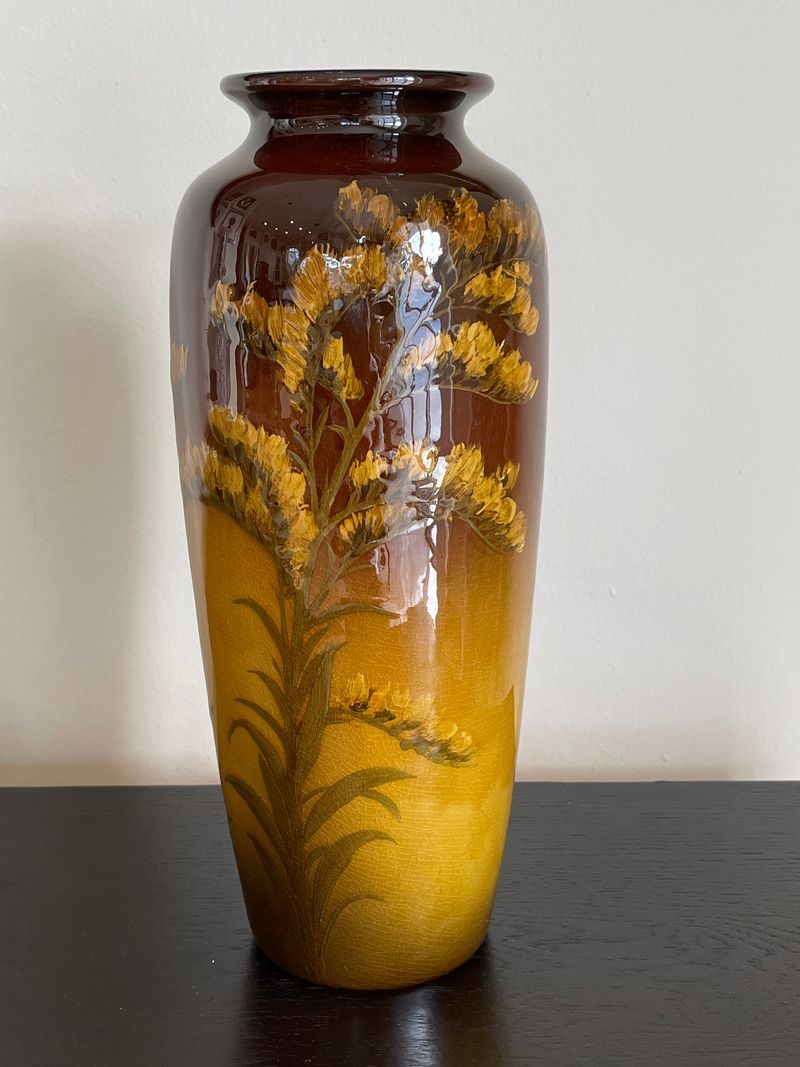
Founded by Maria Longworth Nichols in 1880, Rookwood Pottery became America’s ceramic crown jewel during the Art Nouveau period.
The most valuable pieces showcase their famous “Standard Glaze” or “Vellum Glaze” techniques with nature-inspired designs. Signed pieces by artists like Kataro Shirayamadani or Albert Valentien can bring $5,000 to $30,000 at auction.
If you spot a flame mark with Roman numerals underneath on the bottom, you might be looking at a small fortune!
5. Arts & Crafts Movement Furniture: Handcrafted Gold
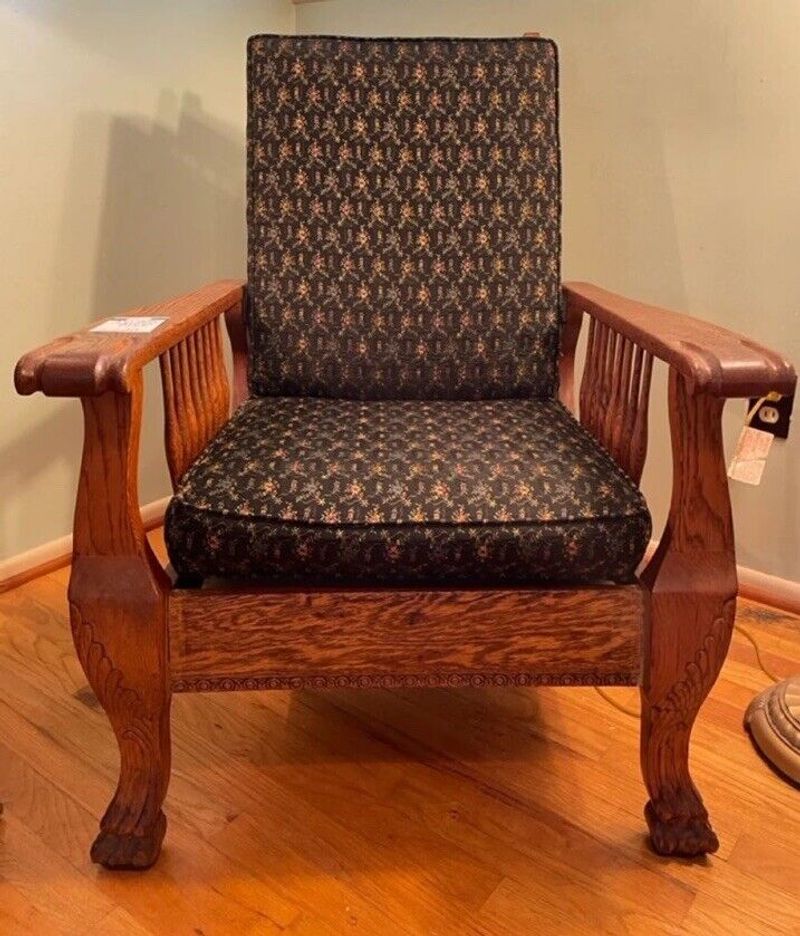
Gustav Stickley’s oak masterpieces from the early 1900s weren’t just furniture, they were a rebellion against mass production! His clean-lined, hand-crafted pieces now command $5,000 to $50,000, depending on rarity and condition.
The most valuable examples feature original finish, copper hardware, and his signature red joiner’s compass mark.
Mission-style Morris chairs with adjustable backs and original cushions are particularly prized. Collectors also hunt for pieces by Greene & Greene or Elbert Hubbard’s Roycroft community.
6. Art Nouveau Jewelry Boxes: Precious Containers
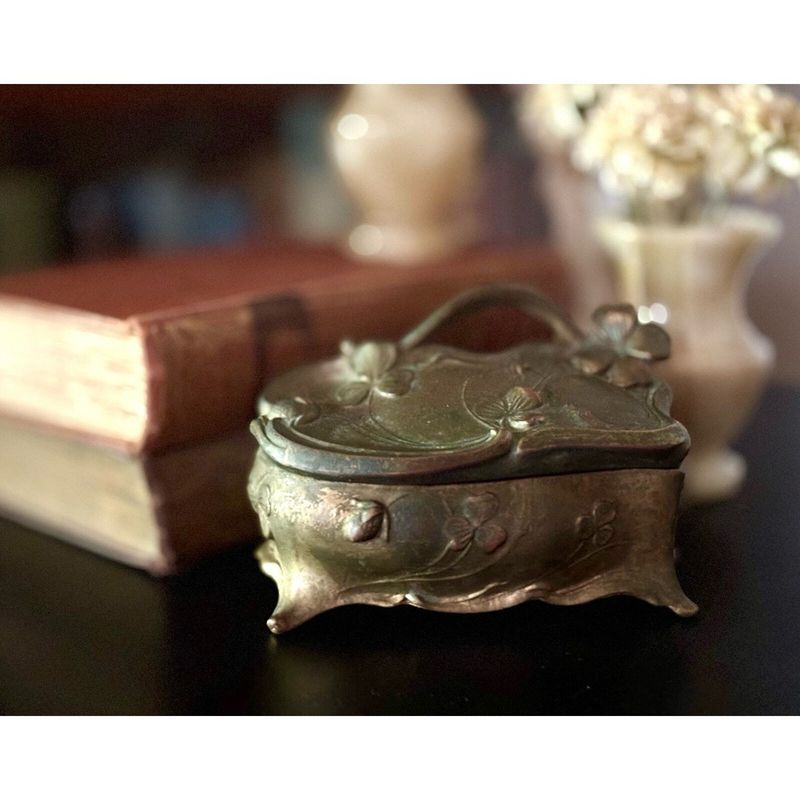
Those curved, flowing lines aren’t just pretty—they’re worth serious cash! Genuine Art Nouveau jewelry boxes from 1890-1910 by makers like Gorham or Tiffany & Co. can fetch $3,000 to $15,000 today.
Silver examples with female figures or nature motifs are particularly valuable. French and American pieces tend to command the highest prices.
Look for the original velvet or silk lining inside, as intact interiors significantly boost value.
7. Lalique Glass: Crystallized Fortune
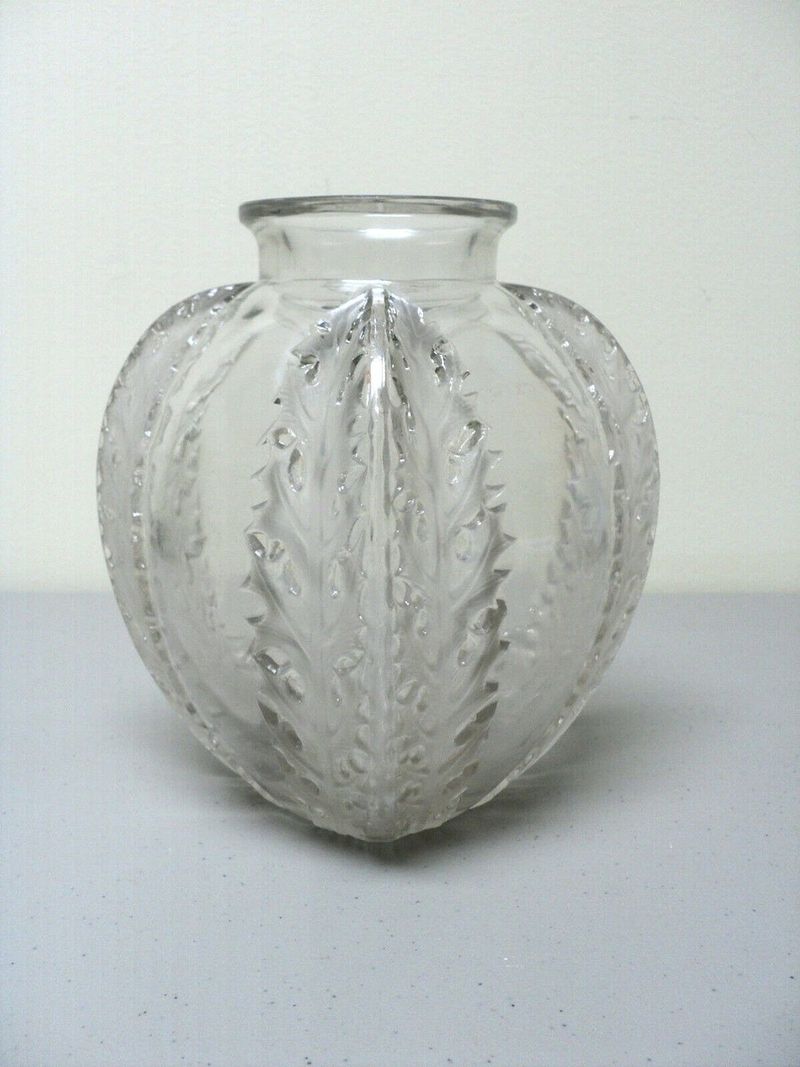
René Lalique transformed glass from functional to fantastical in the early 1900s! His Art Nouveau and Art Deco creations now sell for $2,000 to $20,000, with rare pieces reaching six figures.
The most valuable items feature opalescent effects, intricate details of women or nature, and his signature “R. Lalique France” mark.
Collectors particularly value his car mascots (hood ornaments), perfume bottles, and large vases. Pre-1945 pieces command the highest prices.
8. Vintage Grandfather Clocks: Timeless Value
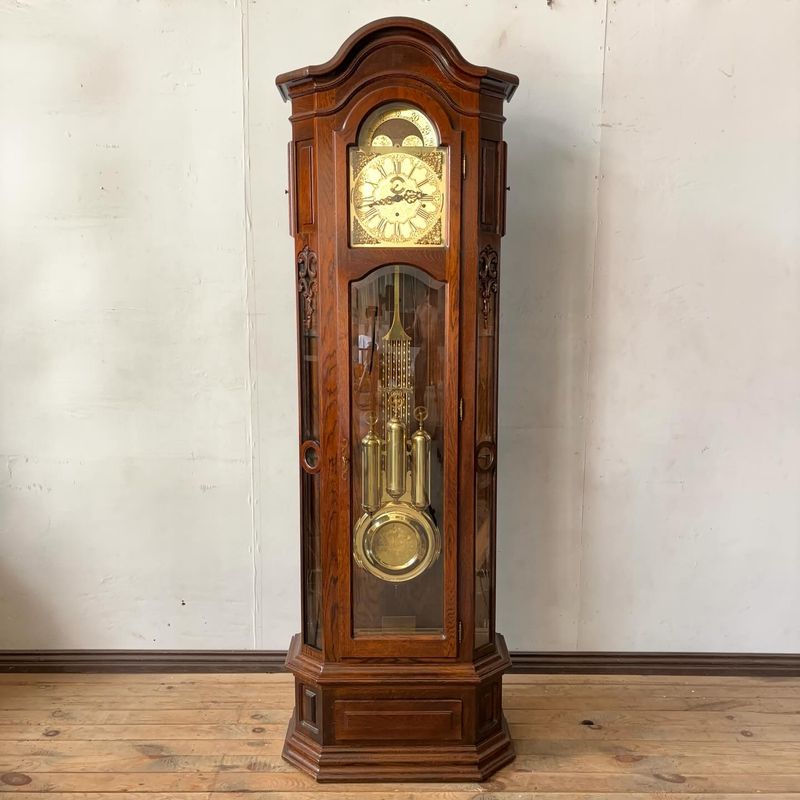
Tick-tock goes the clock, and up goes the value! Fine grandfather clocks from renowned makers like Howard Miller or Colonial of Zeeland from the early 1900s can chime their way to $5,000-$25,000 at auction.
The most valuable examples feature tubular chimes, moon phase dials, and hand-carved wooden cases.
German or English movements by makers like Winterhalder & Hofmeier particularly impress collectors. Full documentation of provenance and original components dramatically increase worth.
9. Mass-Produced Victorian Settees: Sitting On Disappointment
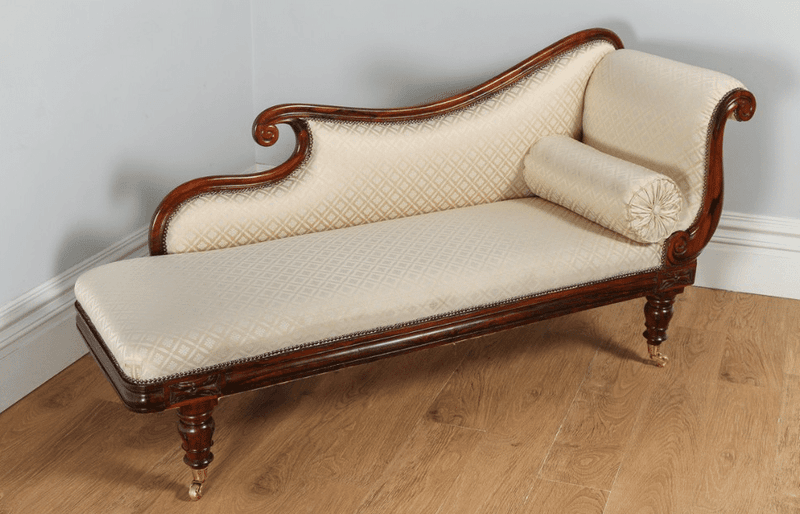
Sorry to burst your bubble, but that frilly Victorian settee probably isn’t worth what you think! Mass-produced versions from the early 1900s typically sell for just $200-$700 today, barely covering reupholstery costs.
Factory-made pieces lack the craftsmanship of true treasures. Their machine-carved details and less durable construction make them more decorative than valuable.
Unless your settee has documented royal ownership or came from a famous maker like Belter or Meeks, it’s more sentimentally precious than financially valuable.
10. Depression Glass: Not-So-Precious Crystal
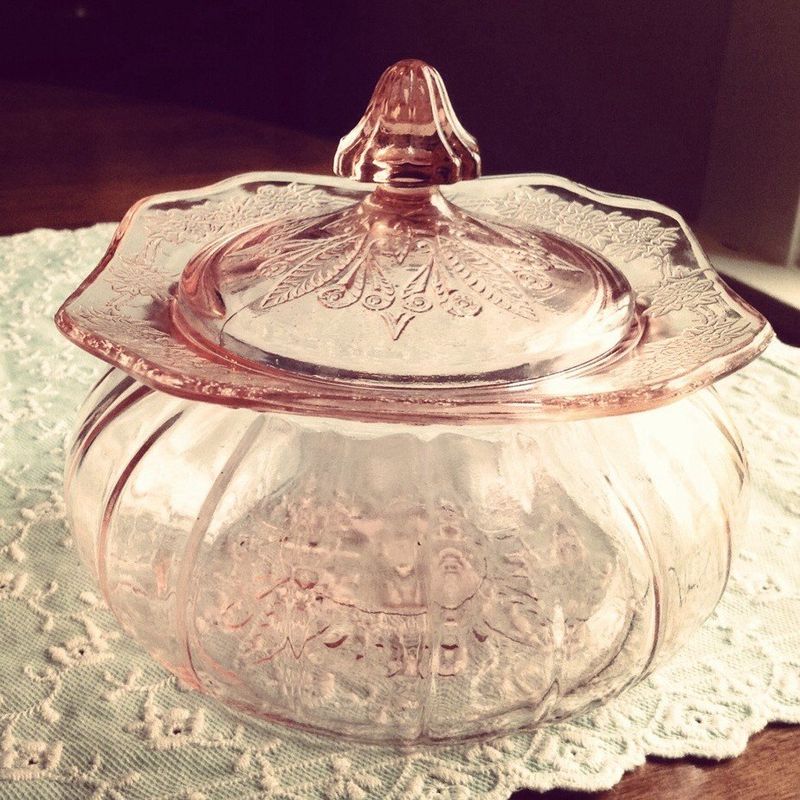
Grandma’s colorful glass collection might hold memories, but probably not fortune! Depression glass, mass-produced between 1920-1940, rarely exceeds $100 per piece today, with most items valued at $10-$30.
While pretty with its pink, green, or amber hues, these machine-pressed pieces were originally given away free with purchases or in cereal boxes.
Common patterns like “Cherry Blossom” or “Princess” flood the market. Only rare colors like tangerine or unusual pieces like covered candy dishes command higher prices.
11. Victorian-Era Reproductions: Fake Antique Alert

Fooled by that “antique” Victorian chair? You’re not alone! Furniture reproductions made in the 1900s-1930s copying earlier Victorian styles trick many collectors but fetch merely $100-$400 today.
Manufacturers like Larkin and Montgomery Ward mass-produced these convincing lookalikes. Check for machine-cut dovetails instead of hand-cut ones, or Phillips-head screws (invented 1930s) which reveal their younger age.
While these pieces may be 100 years old themselves now, they lack the craftsmanship and materials of true Victorian originals.
12. Vintage Typewriters: Collector’s Clutter
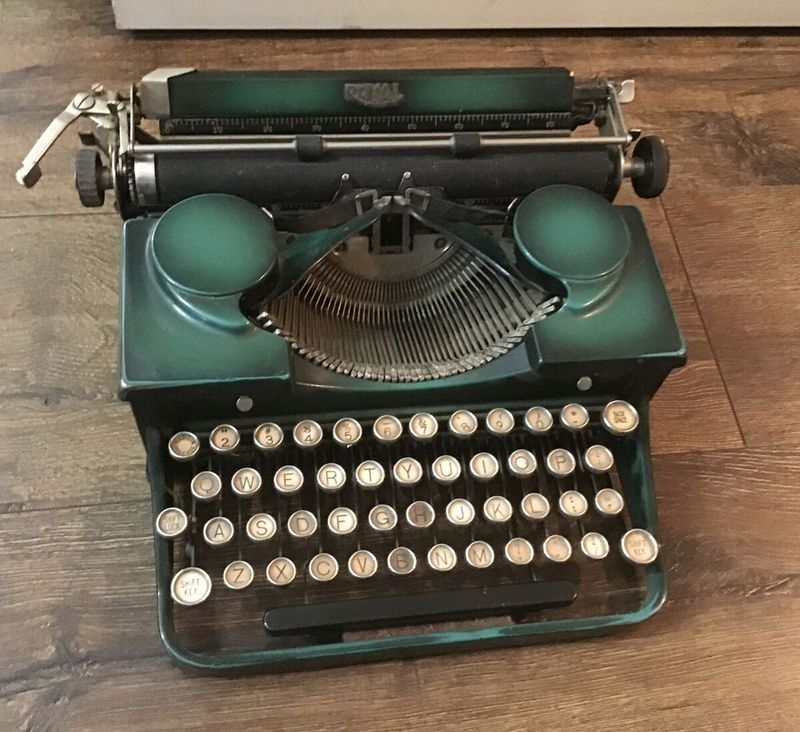
Writers and hipsters might love them, but most vintage typewriters from the early 1900s type up disappointing values of just $50-$200. Common models like Royal or Remington were produced by the millions.
Unless you have an ultra-rare model like a Blickensderfer Electric or a Malling-Hansen Writing Ball, your typewriter is more conversation piece than retirement fund.
Even working condition doesn’t boost value significantly. The decorative appeal often exceeds the actual market value for these mechanical marvels.
13. Vintage Sewing Machines: Stitched-Up Expectations
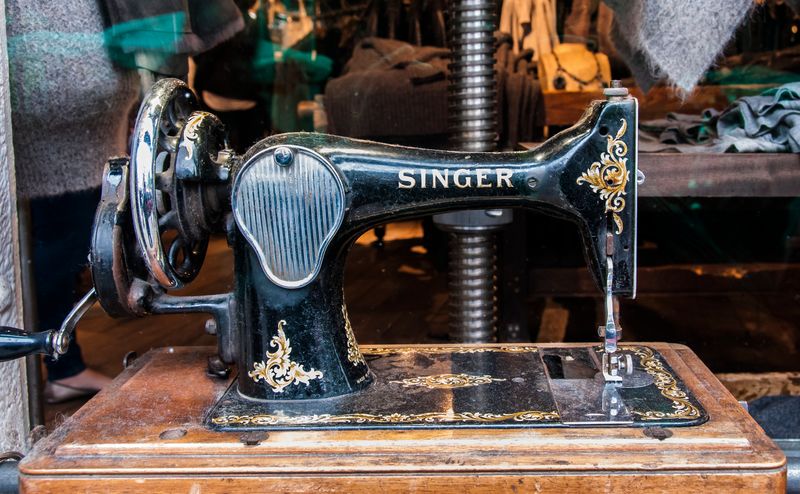
Found an old Singer in the attic? Hold your excitement! Most vintage sewing machines from the early 1900s, even in perfect condition, typically sell for just $100-$300 today.
Singer produced millions of their popular models, making them far from rare. The black cast-iron machines with gold decorations look impressive but flooded the market.
Only extremely rare models like the Singer Featherweight 222K or unusual attachments command higher prices.
14. Mass-Produced Oil Paintings: Artful Deception
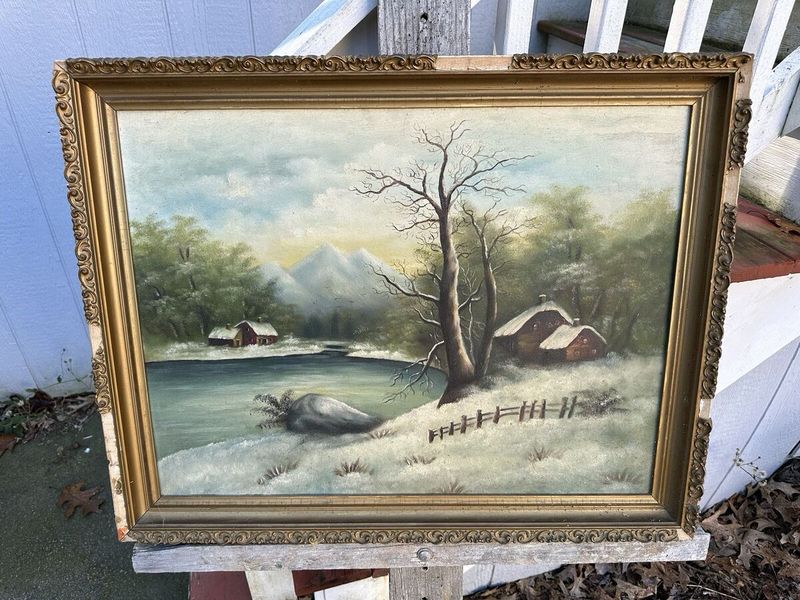
That “masterpiece” landscape hanging in grandma’s dining room? Likely worth less than its frame! Mass-produced oil paintings from the early 1900s typically sell for just $50-$200 today.
Factories in Europe and America churned out thousands of nearly identical landscapes, still lifes, and portraits. Often painted assembly-line style with one artist doing skies, another trees, etc.
Look for telltale signs like uniform brush strokes or standard sizes. Unless signed by a recognized artist, these decorative works hold little financial value.
15. Vintage Radios: Broadcasting Disappointment

Though charming, those wooden cabinet radios from the 1930s-40s typically tune in values of just $75-$250, far from the thousands collectors dream about.
Brands like Philco, Zenith and RCA produced these by the millions. Common tabletop models rarely exceed flea market prices. Working condition matters less than you’d think since few buyers actually use them.
Only rare Art Deco designs like the Sparton Bluebird or unusual catalin plastic models command serious prices.
16. Victorian-Era Vanity Sets: Beauty Without Value
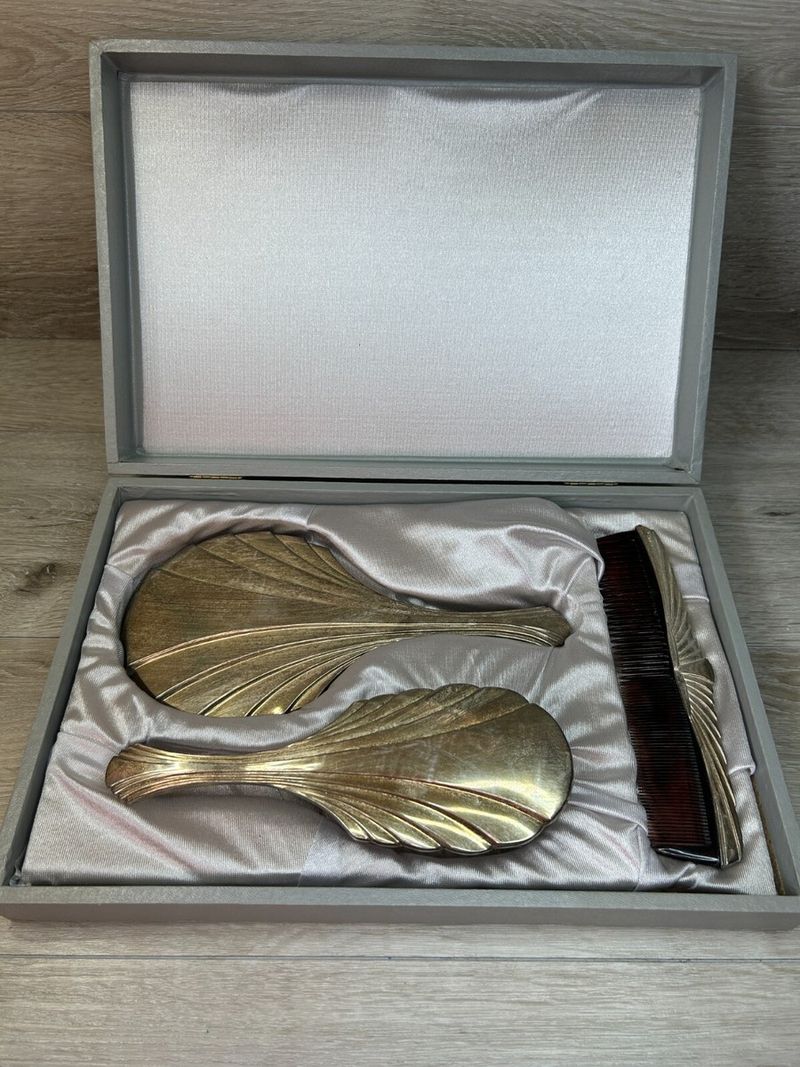
Grandma’s silver-plated brush, mirror and comb set looks fancy but won’t make you rich! Most early 1900s vanity sets typically sell for just $75-$300 today, regardless of their ornate appearance.
Mass-produced by companies like International Silver and Gorham, these sets were standard wedding gifts. Silver plate (not sterling) wears off over time, reducing value.
Missing pieces or monograms further decrease worth. While they maintain decorative appeal, these common items rarely qualify as valuable antiques.
17. Hand-Painted Limoges Vases
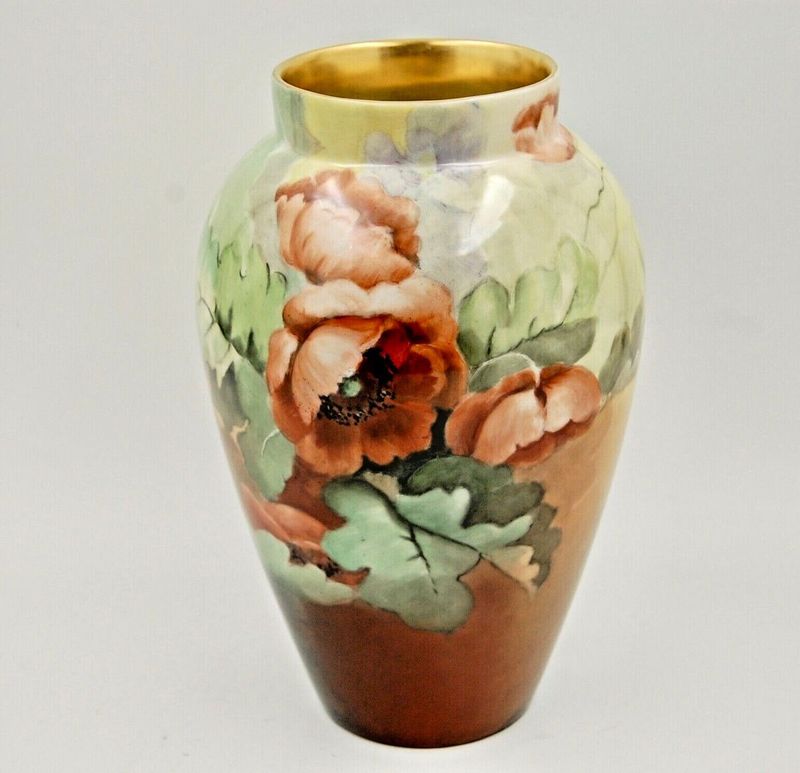
In the world of antique ceramics, Limoges vases are a revelation. Known for their exquisite hand-painted designs, these vases often depict lush florals and delicate landscapes. Crafted in the early 1900s, they embody elegance and artistic mastery.
Their value lies in the detailed artistry and the prestige of the Limoges name. Each piece tells a story of its own, making them highly sought after by collectors. An interesting fact: Limoges porcelain has been prized since the 18th century, and these vases continue to be a testament to timeless beauty.
18. Vintage Iron Bed Frames
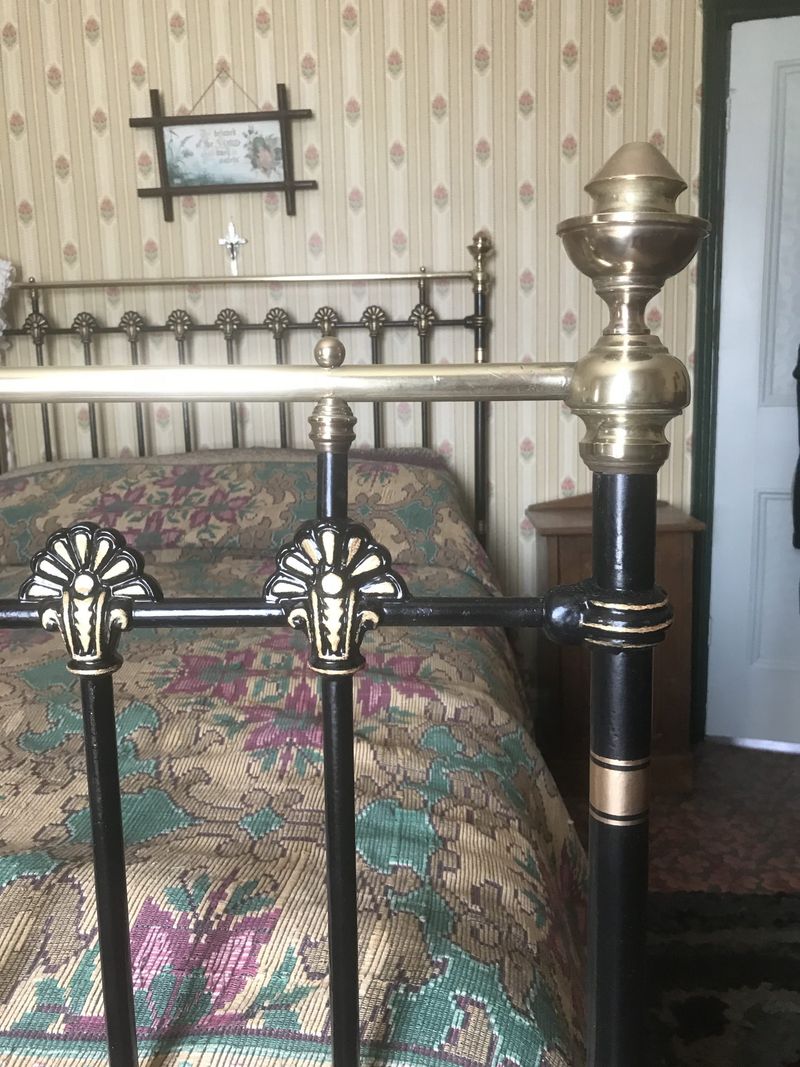
Vintage iron bed frames, with their ornate designs, can be found in many old homes. While they may seem like valuable antiques, the market tells a different story. Despite their age and craftsmanship, these beds often fail to appreciate in value.
Many were mass-produced and lack the rarity that drives antique prices. Their appeal lies more in nostalgia and aesthetic charm than financial worth. An intriguing tidbit: during the late 19th and early 20th centuries, iron bed frames were favored for their durability and resistance to pests.

